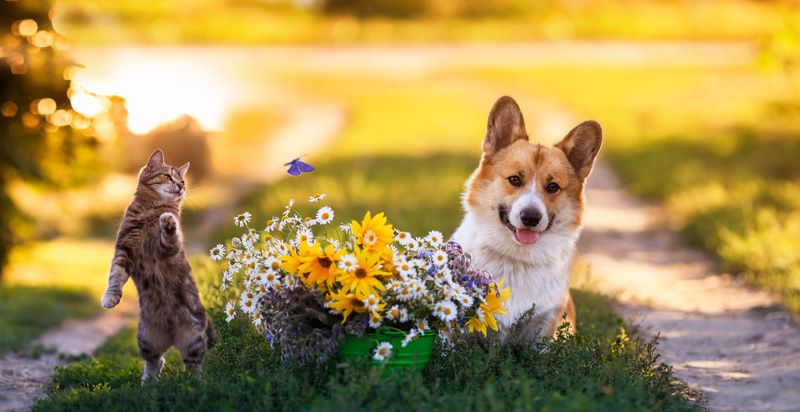
Top 10 pet-friendly exterior plants
Top 10 pet-friendly exterior plants
The garden serves as both an outside domain and a window into the world for four-legged family members—pets like bright and protected spots in the park for a mid-morning snooze. Cats who want to roam may need to be restricted to a cat run or kept indoors, particularly at night. Most essential, all creatures that spend time outside require continual access to clean water, shade, and weather protection. The good thing is now it’s not difficult to achieve! Here are the top ten pet-friendly plants that will make your yard seem gorgeous while remaining poison-free.
- Bee Balm (Monarda):
- Rose (Rosa spp.):
- Creeping Thyme:
- Houseleek (Sempervivum.):
- Coral Bells (Heuchera.):
- Magnolia Bushes (Magnolia.):
- Nepeta (catnip.):
- Zinnia:
- Purple Basil (Ocimum tenuiflorum.):
